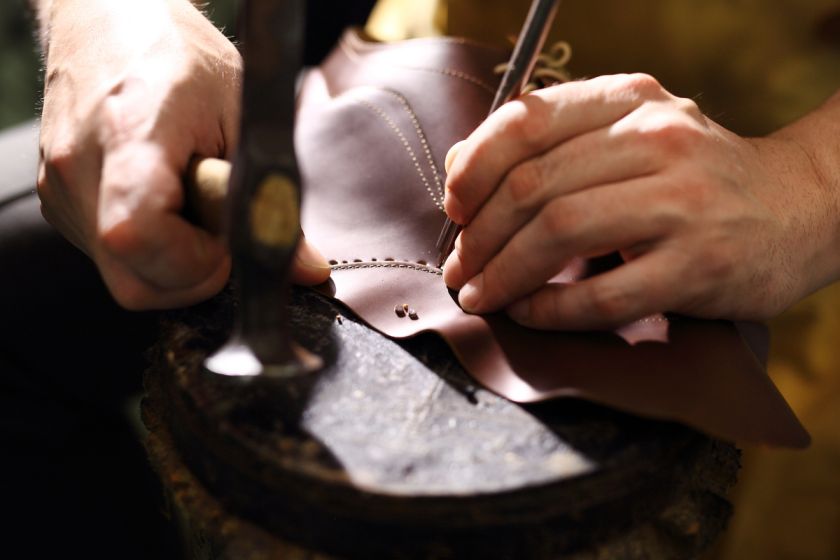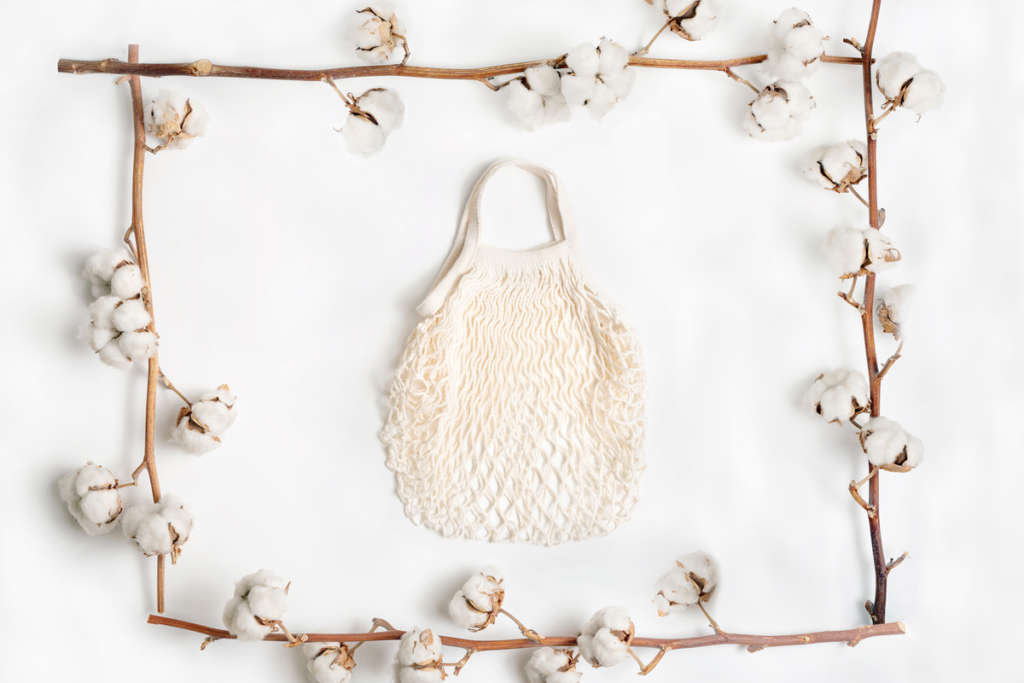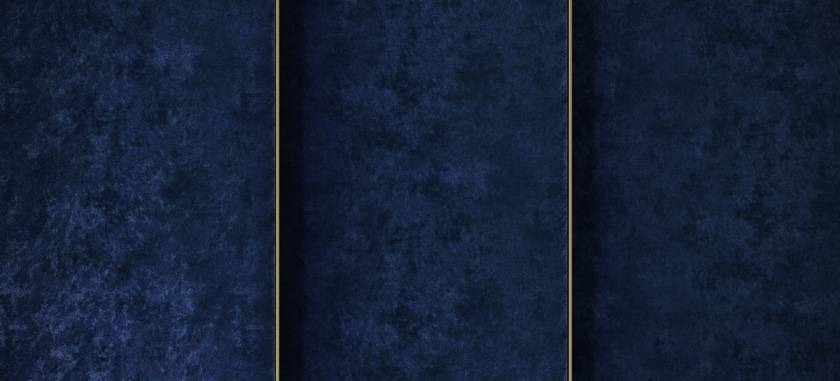Time to Incorporate These New Sustainable Materials In Your Clothing Designs



The constant deterioration in the environment is leading everyone to make numerous changes in the way they live. The fashion industry is no exception. The continuous production of new merchandise and rapid rise in textile waste create adverse effects on our planet. Various researches and arguments have concluded that the fashion industry is the second biggest polluter in the world. As a result, concerned fashion designers, brands, and enthusiasts all across the globe are taking preventive measures intending to safeguard the environment while simultaneously protecting the essence of true fashion.
While the 3 R’s of waste management, recycling, reducing and reusing continue to stay intact for the fashion world, other initiatives are additionally being implemented to lessen the detrimental effects of the fashion industry. One of the many steps is to use more sustainable and eco-friendly materials for manufacturing fresh clothing. Here is a list of top materials to use in your styles to mitigate the outcomes and protect nature.
Piñatex
The material was first introduced in a PhD. program by Dr. Carmen Hijosa. It is extracted from pineapple leaves of the Philippines and is a significant alternative to natural leather. It is produced without causing any harm to animals, requires comparatively less water, and has no use of harmful chemicals. Being made from pineapple waste, the produce of the fabric is possible without any additional requirements. The fine quality and lustrous look of pineapple leather are highly impactive. Hence, they are used for making a multitude of products like car leather seats, jackets, shoes, etc. The fabric has recently gained popularity among celebrities promoting sustainability. In 2017, Livia Firth, an activist, wore a silver piñatex dress to the Met Gala event. A renowned sports brand called Puma uses fruit leather for the production of a collection of their trainers. To avoid textile waste, a vegan L.A.-based fashion house named Svala uses piñatex as one of the prime products for its fashion products.
Cork Leather

Cork leather is used as a sustainable alternative to leather. The fabric is produced from the Cork Oak Tree barks. It takes 25 years for a Cork Tree to grow to an extent when the bark can be extracted. The harvest of the bark can be undertaken once in a period of 9 years to make cork leather. The extraction, when done by experts called extractors, does not cause any harm to the trees. It rather helps them in regeneration, thus extending the tree’s life. The fabric is mostly produced in Europe. Cork leather is widely used by fashion brands to manufacture products like bags and shoes. The fabric is used by luxury brands like Prada, Gucci, Michael Kors, and others to produce sustainable products. The lightweight and water-resistant properties of this leather have resulted in its popularity. Thus, the fashion industry continues to increase its use for the manufacturing of products.
Econyl Fabric
Econyl is an environment-friendly alternative to a fabric called nylon. The manufacturing of nylon results in the production of Nitrous Oxide, which proves to be 310 times more powerful than CO2. Additionally, nylon requires large amounts of water in its production, thus leading to both water and air pollution. Considering the harmful effects, an Italian company, Aquafil, by reusing textile waste, produced the Econyl yarn. The fabric is widely used for its climate-suitable properties by fashion brands for the production of sustainable fashion collections. From high-end fashion brands like Gucci and Prada to economical clothing brands including H&M and Adidas, Econyl is used to promote sustainable fashion around the world. It is used for making apparel, carpets, swimwear, underwear, and other articles.
Orange Leather
Using citrus rinds for the production of leather is considered healthy for the environment due to its sustainable properties. Just how essential the orange rinds are for other purposes, they can also be utilized for making orange leather. The color of the material is determined by the fruit and uses no additional or harmful colors. Additionally, the fabric can be composted and is produced without harming any set of animals. Since it is made from citric fruit, it also encourages farmers to grow more oranges. The Italian luxury fashion brand, Salvatore Ferragamo, on the occasion of 47th Earth Day, launched a collection of clothing made with Orange Fabric. The leather can be used for the production of bags, apparel, shoes, etc.
Recycled Cotton

The growing of cotton creates a multitude of hazardous impacts on our environment. The use of large amounts of water and excessive utilization of fertilizers and pesticides are the factors resulting in pollution and environmental change. Cotton plantations moreover have increased possibilities of soil erosion. Being one of the widely used clothing materials in the fashion industry, cotton is adversely impacting the environment. On the other hand, the use of recycled cotton for manufacturing fashion articles is considered much more environmentally-friendly than the usual one. The recycling of cotton is done with the help of textile wastes from both consumers and industries. This cotton can be utilized for making clothing apparel, shoes, mops, etc. The quality of the recycled fabric is not as rich as freshly produced cotton material, thus it is often blended with the fresh material in order to improve its quality.
Cactus Leather
Like pineapple and orange leather, cactus leather is also a type of sustainable product that protects the environment from the exceedingly harmful effects of fashion products. Although cactus leather has very recently come into existence, it has gained commendable popularity among fashion manufacturers due to its leather-like finish and biodegradable properties. Adrian Lopez and Marte Cazarez and their company Desserto introduced the fabric to the market in an Italian leather fair, Lineapelle in the year 2019. Since the industry recently got acquainted with Cactus Leather, it is still in a phase of development. According to the inventors, the leather has the properties of lasting up to 10 years depending upon its usage. The fabric can be used for the manufacturing of bags, wallets, jackets, watches, and other products alike.
Linen
Another environmentally safe raw material used for the production of several fashion products is Linen. Being made with the help of the flax plant, it is one of the most originally safe materials for the global environment. Its use in the modern world is influenced by its early discovery measuring back to almost 36,000 years. The best part about the fabric is that it does not require large amounts of water. The linen plants can survive only with rainwater. Linen has numerous uses including, towels, apparel, bed linens, chair-covers, among other products. Apart from fashion articles, it is additionally considered the best textile for making oil paintings. Therefore, it is extensively used by artists as a canvas as well.
Wrapping up
Meeting fashion requirements and new trends while protecting the environment is possible by taking precautionary measures like using sustainable materials for fashion clothing. However, producing sustainable clothing is indeed no piece of cake. One of the worst drawbacks is the cost of producing environmentally friendly fabrics. Apart from that, converting textile waste and by-products of fruits and plants requires high levels of energy and time as well. Despite the hardships, various environment-conscious brands like Fashinza come forward to combat climate change. They provide eco-friendly products while maintaining the fashion standards and quality of sustainable products.
Are you looking forward to buying ecological materials for your brand? Fashinza is the place where you can get it all at a much affordable price. Buy now from Fashinza.



















